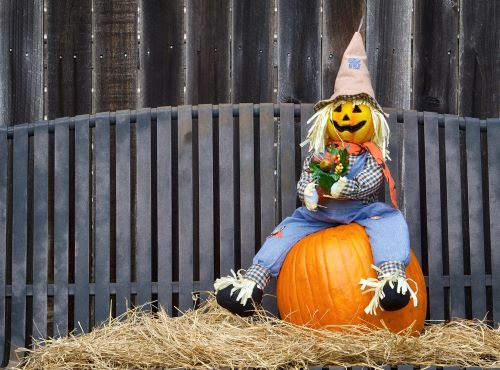
Fall festivals and Halloween events are popular this time of year and your church or organization may be planning such an event. Depending on your specific activities, here are a few safety tips.
Trunk or Treating
Rather than repeat this article, please allow me to invite you to click on a previously posted article entitled: Trunk or Treating: 10 Tips to Help You Plan A Successful Event.
Bounce House/Inflatables:
A popular use in the fall but also throughout the year, bounce houses/inflatables are always a popular choice. But they have an inherent risk which cannot be disregarded so allow us to direct you to two previous articles that address some safety tips as follows: Understanding Inflatable Use & Safety or Bounce Houses: Let’s Keep Them Safe and Fun
Mechanical Bulls
First and foremost, you need to understand that a number of insurance carriers exclude “mechanical rides” in their liability coverages so before you consider the use of a mechanical bull, you need to be aware of what coverage you may or may not have. You might be able to purchase a Special Events policy to cover this exposure but generally speaking, due to the coverage concerns and possible risks, we advise against the use of a mechanical bull in your event.
Hayrides
A fun fall tradition for all ages is going on a hayride. While this is typically a fun event, it does have the potential for risk, including cuts, falls or other severe situations. To help ensure that all participants have a good time and return safely, the following safeguards should be considered:
- Inspect tractors, wagons or racks, and the hook-ups between them, to make sure they’re in good condition. Check that the wagon or rack is equipped with a safety chain as a back-up connection with the tractor. The vehicle being hauled should meet all state and local safety requirements and display proper identification. It should have protective sides and rear fencing or gates, and working rear lights.
- Before use, inspect the wagon for hazards, such as protruding nails, missing guardrails and wet straw. Use hay bales rather than loose hay and make sure the bales are secure. Ensure that vehicle weight limitations and seating capacities are not exceeded.
- Select drivers with clean driving records and experience with the equipment. Drivers should be at least 21 years of age.
- Never pull more than one wagon at a time.
- Inspect the ride route for hazards ahead of time and either fix or avoid them. There should be no debris or obstructions that could cause a jolt or jarring ride for participants. Have drivers do a practice run before they transport passengers.
- Do not travel on roadways, if they can be avoided. Drivers should remain on the designated route.
- Restrict operation of the vehicles to a low speed, similar to that of someone walking.
- Provide adult supervision, using volunteers or staff who have been screened.
- Instruct passengers to remain seated while the ride is in motion, keeping arms and legs inside the wagon. Riders should refrain from throwing items, including hay, off the wagon.
- Provide adequate lighting and assistance for loading and unloading passengers. Vehicles should be stopped, with appropriate brakes applied.
- Prepare for emergencies. Have a First Aid kit available, as well as a trained volunteer who has current certificates in First Aid, including adult and child CPR/AED, on-site in case of an emergency situation.
- On the day of the hayride, check weather sources to confirm that conditions are appropriate. The ground should be free of ice. If inclement weather strikes, postponing or canceling the event will be easier if a backup plan or activity has already been considered.
The fall season is one of the most enjoyable and different activities contribute to the festive atmosphere. However, certain safety precautions should be followed to ensure the safety of all participants. By following appropriate safety measures listed above, your organization can help ensure that neither accident nor injury dampens this tradition.
